For those of you who like watching animated films, you are definitely familiar with the film Madagascar. One of the characters named Marty is the iconic main character who is a zebra. Just like in the film, we can find zebras in zoos or in their natural habitat, namely grasslands, savannas, forests or bushes in Africa. This animal, with a unique body pattern in the form of black and white stripes, lives in groups. But have you ever thought about how zebras recognize their mothers? Aren’t zebras all the same? Let’s discuss it further, come on!
Zebra History
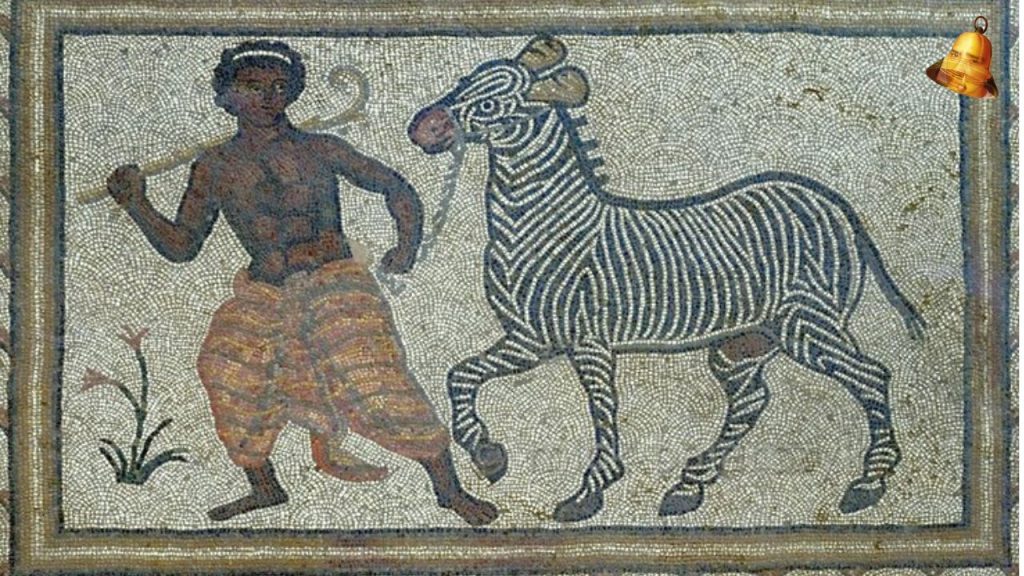
Reporting from Wikipedia, zebras were called ” hippotigris ” which means “horse tiger” by the Greeks and Romans. The word “zebra” was first coined around 1600 and comes from the Latin “ equiferus ” which means wild horse. This term is a combination of the words ” equus ” which means horse and ” ferus ” which means wild or wild. The word ” equiferus ” was later absorbed into Portuguese to become “ ezebro ” or “ zebro ” which means “mysterious and wild equus “.
For an ethnic group in South Africa called the Shona tribe, the zebra is an animal that is revered because of its pattern which symbolizes the union of a man and a woman. Even the African diaspora (a collection of communities from all over the world descended from Africans) considers zebras to be a symbol of race and identity politics because they are black and white. Some African people have a proverb that says “a person without culture is like a zebra without stripes”.
Zebra pattern
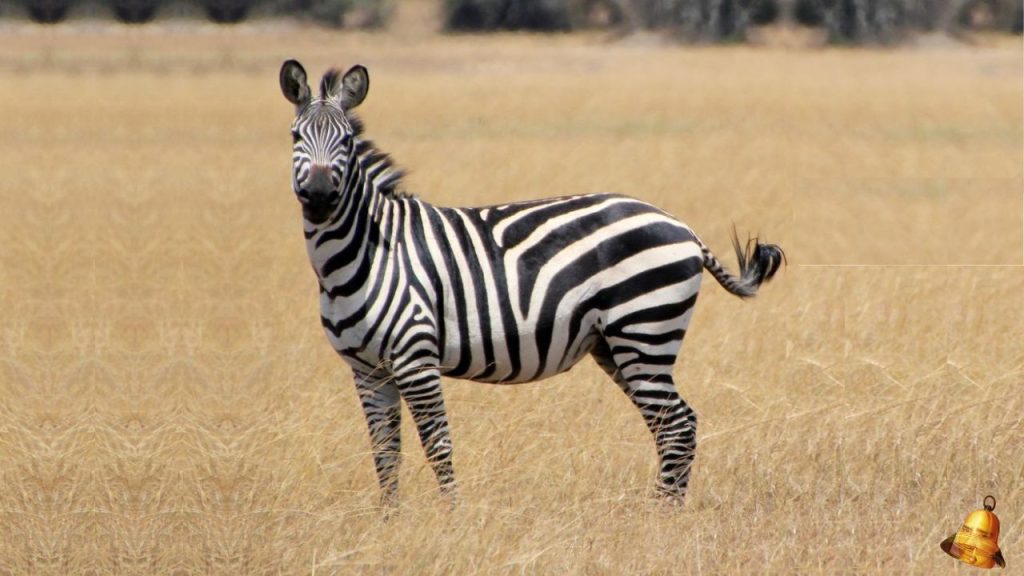
The striped pattern that is characteristic of zebras makes them unique and easy to recognize. In some zebras, the belly and legs are white without stripes and the muzzle and nose are black. The striped pattern from the forehead to the tail is vertical downwards, but for the legs, ears and tail the pattern is horizontal. Meanwhile, on the buttocks, the pattern is different for each zebra.
Various Zebra Stripe Patterns
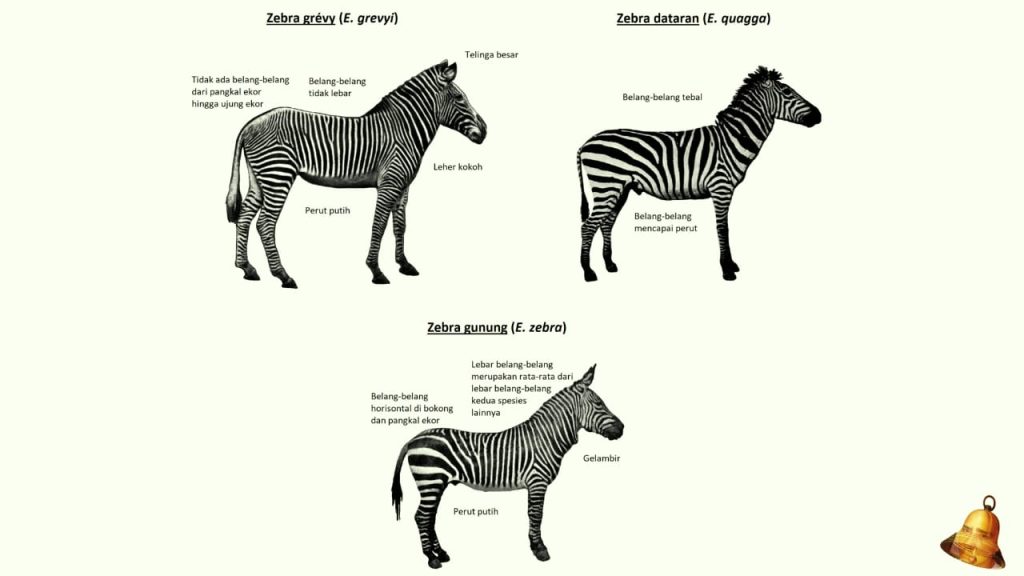
Each individual zebra has stripes that are different from each other, just like human fingerprints. Several animal observer scientists have classified zebra species into three species, where each species has different pattern characteristics. This is influenced by the development of the striped pattern since the zebra was still in embryo form. For the plains zebra species ( equus quagga ), pattern development begins in the third week. Meanwhile, for the mountain zebra ( equus zebra ) and Grévy’s zebra species, the development of their patterns begins in the fourth and fifth weeks, respectively.
Grévy’s zebra ( Equus Grévy )
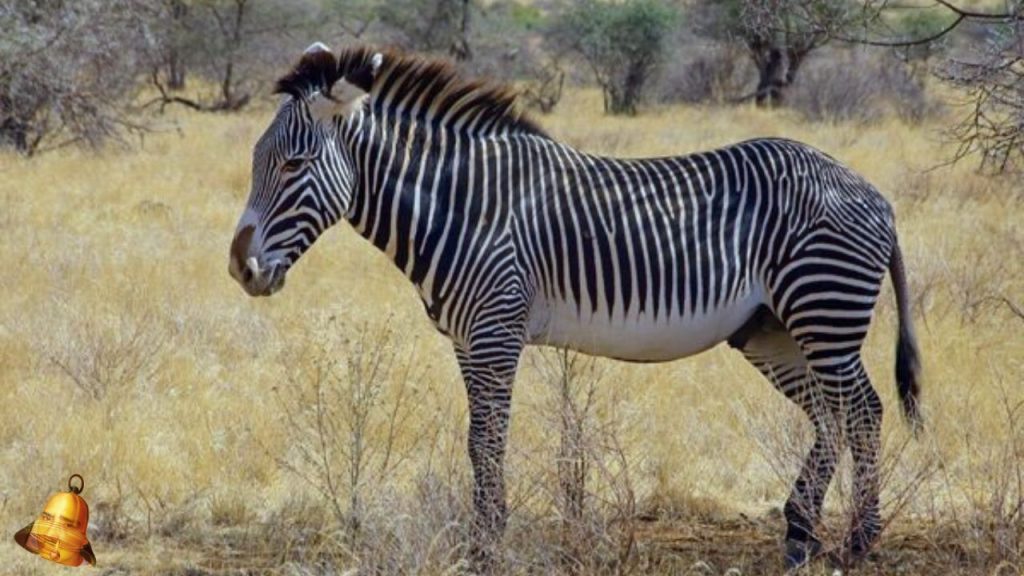
This species has stripes that are narrow and not wide so they tend to be close together. The belly and base of the tail are white, and has a white border on the snout or nose area.
Plains Zebra ( Equus Quagga )
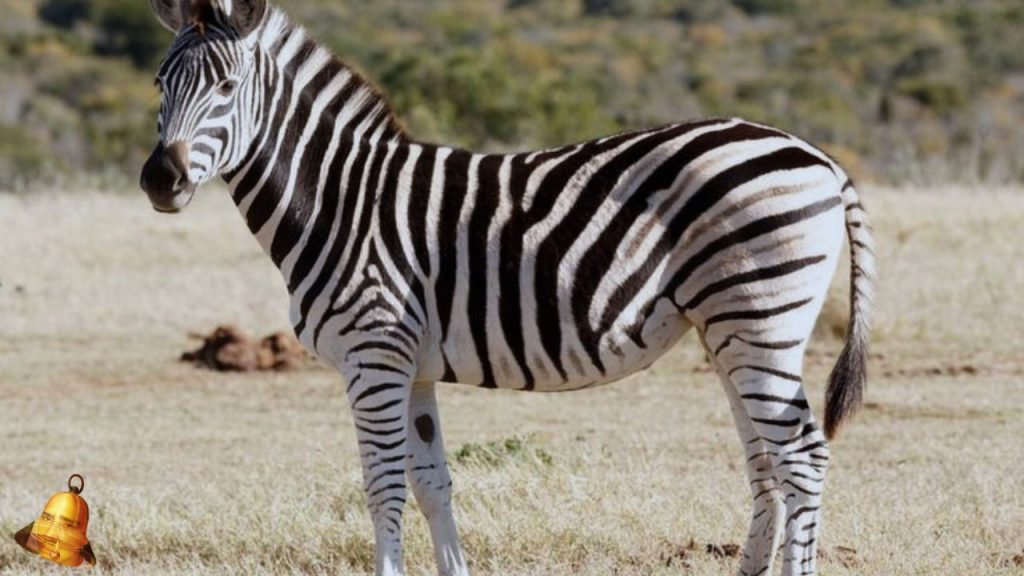
In contrast to the Grévy’s zebra species, the plains zebra ( equus quagga ) has stripes that are widely spaced from each other. Uniquely, among the black stripes there is a gray pattern on the buttocks.
Mountain Zebra ( Equus Zebra)
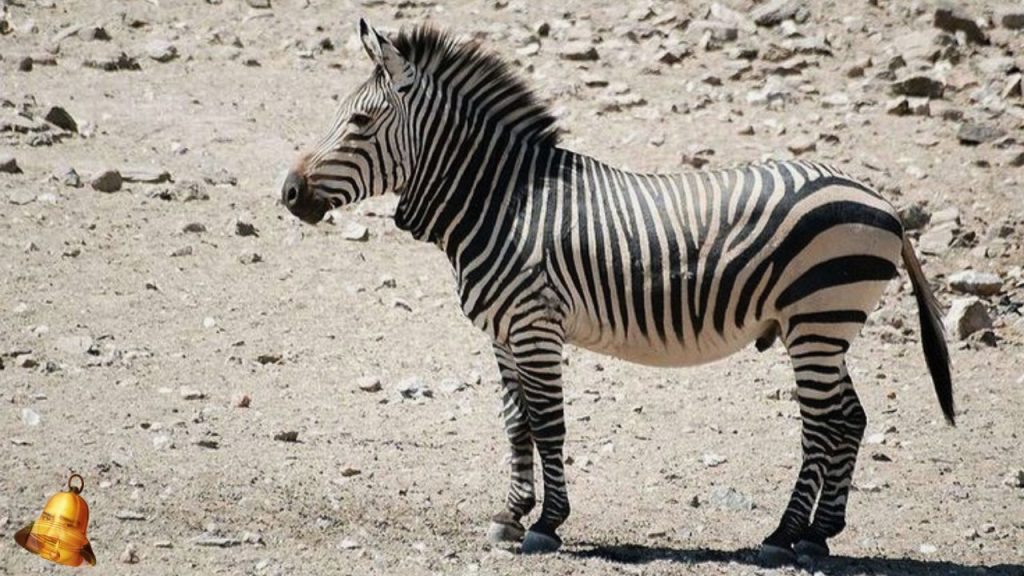
In the mountain zebra species, the stripes look like a combination of the two other species. On the head and shoulders the stripes are closely spaced, while on the buttocks they are widely spaced. Uniquely, on the snout or nose there is a slight orange color.
Uses of Zebra Striped Patterns
It turns out that the different stripes do not only serve to differentiate zebra species. It turns out that this striped pattern has other uses, you know. Before discussing how zebras recognize their mothers, let’s first discuss what zebra stripes are used for, come on!
As Camouflage
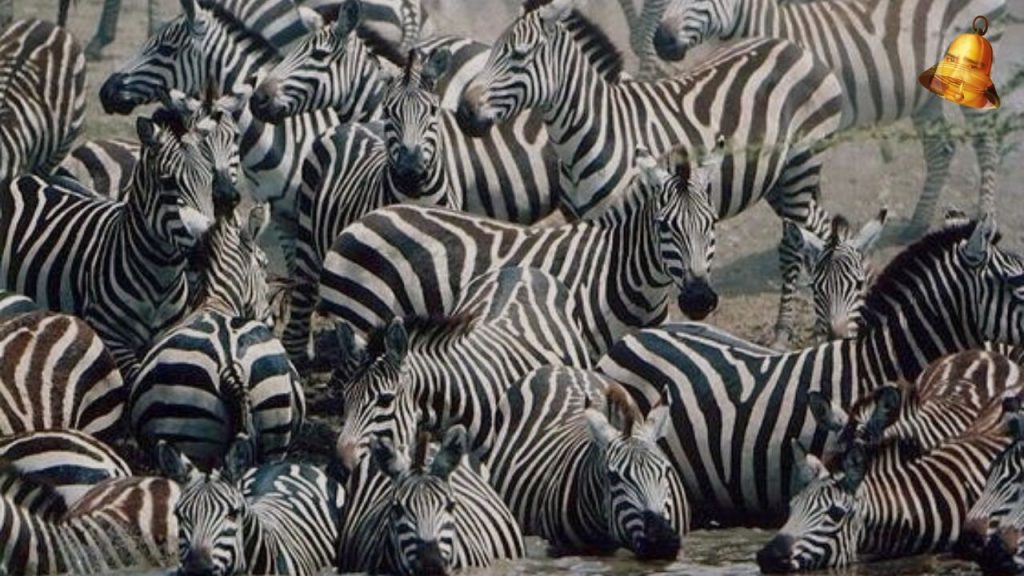
Generally, zebras live in groups. The striped pattern which is the unique characteristic of zebras actually helps them in camouflage. They hide in tall grass to avoid predators such as lions or cheetahs who cannot distinguish colors, especially at night. Predators who need to observe them before hunting, will be confused about distinguishing individuals and determining the number of individuals in a group. As a result, these predators cannot determine the size of individual zebras.
As Identity
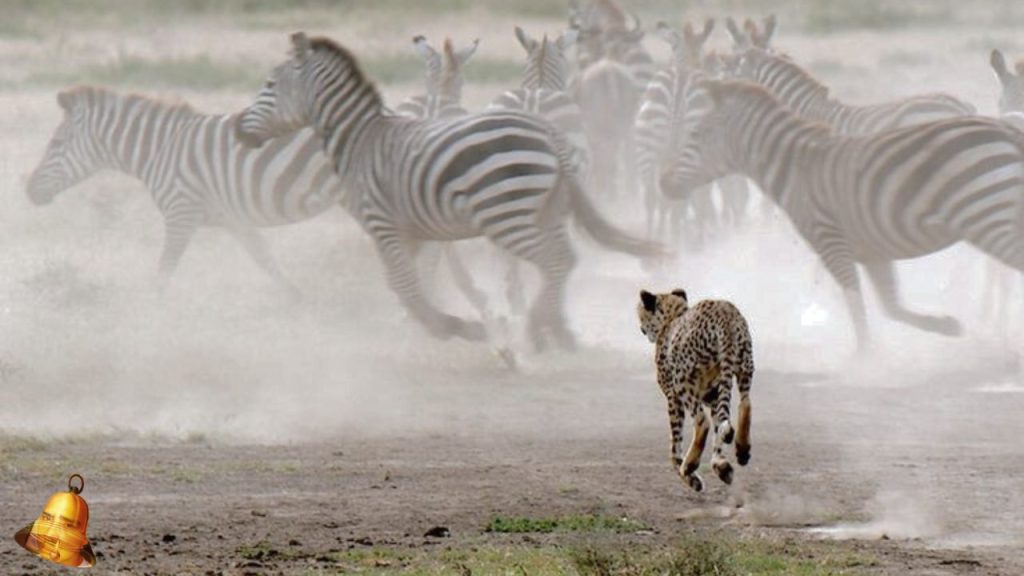
Because each species has a different pattern of stripes, this makes it easier for zebras to find their herd from afar. When not being hunted, zebras will group together. However, when a predator chases, the zebra will separate itself from the herd. After the chase, he will return to his flock by recognizing the pattern of his flock.
As Protection From Insects
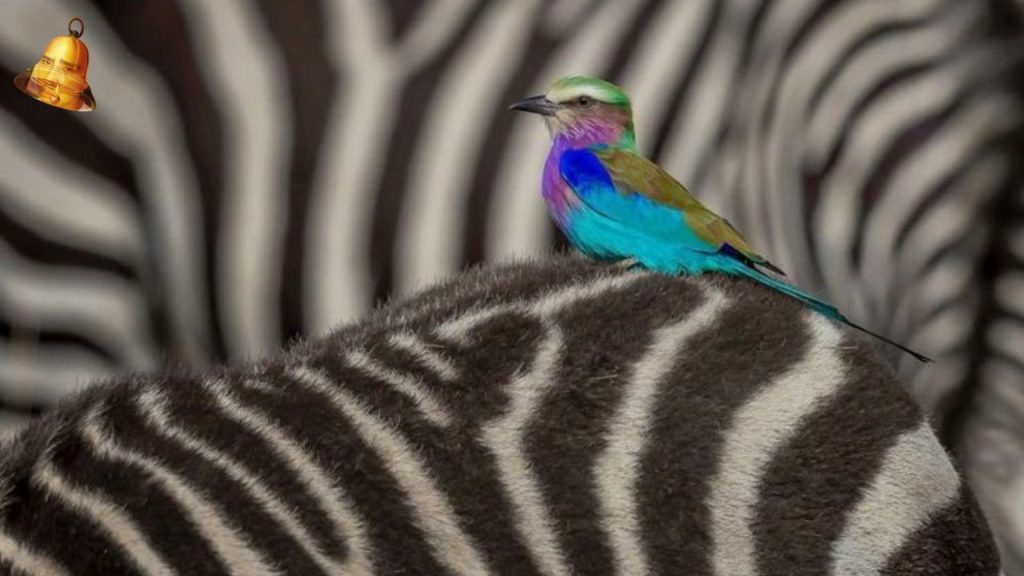
In livestock pen areas, horsefly or forest fly species are often found. This insect is an ectoparasite that feeds on blood, especially horses and large mammals such as cows. These fly bites can cause difficulty breathing, rashes, or body aches. These flies are attracted to zebras because they are related to horses, but zebra fur can deter these insects because zebra stripes reflect light, making it difficult for the flies to recognize their environment.
As a regulator of body temperature
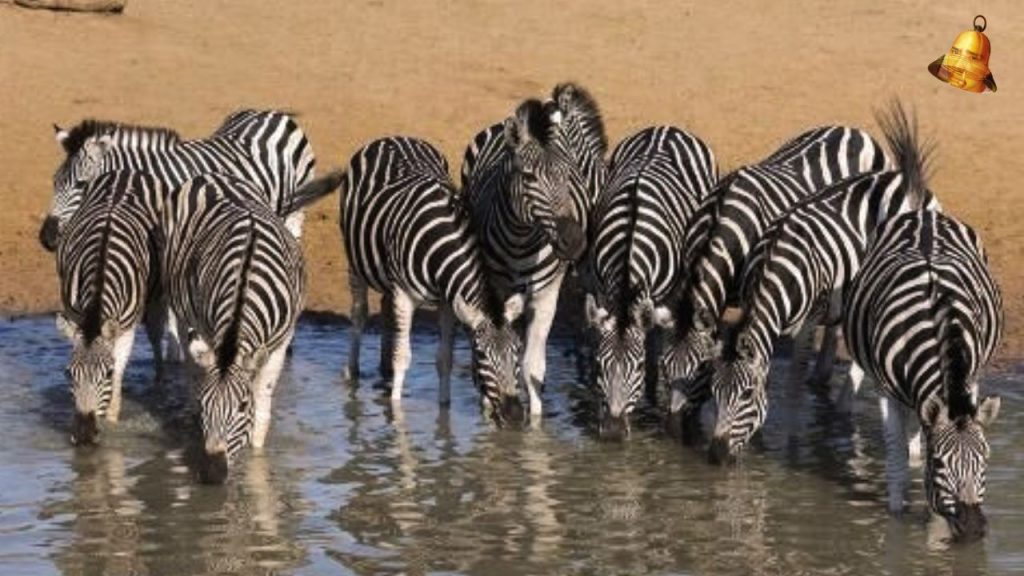
The striped pattern on the zebra can help the zebra regulate its body temperature. Black absorbs heat while white reflects it. So this pattern helps zebras regulate heat. At the border of black and white, hot air swirls and cools the zebra.
How Zebras Recognize Their Mothers
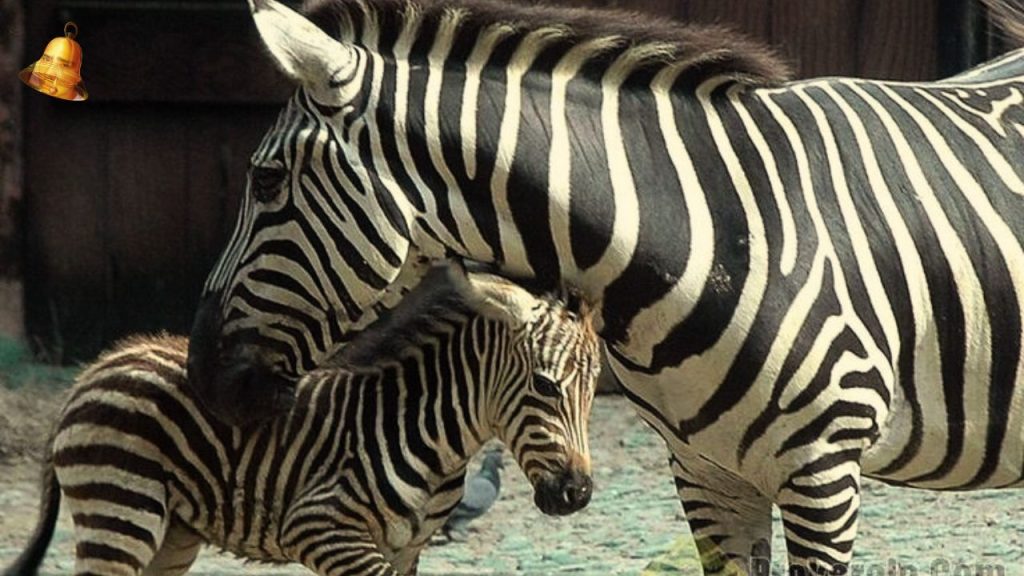
Even though zebras live in groups, after giving birth the mother zebra will continue to be around her offspring. The mother also forbids other mother zebras from approaching her child. This is because the child tries to recognize and remember the mother’s striped pattern, smell and voice. This behavior is called imprinting or “branding”. This behavior is carried out immediately after the baby zebra is born. The first subject the child sees when it is born will be branded ( imprinted ) as its “mother”. Not only does it occur in zebras, this behavior also occurs in newly hatched chicks. After hatching and seeing its mother for the first time, the chick will follow its mother anywhere.
So how? Very unique, isn’t it!

